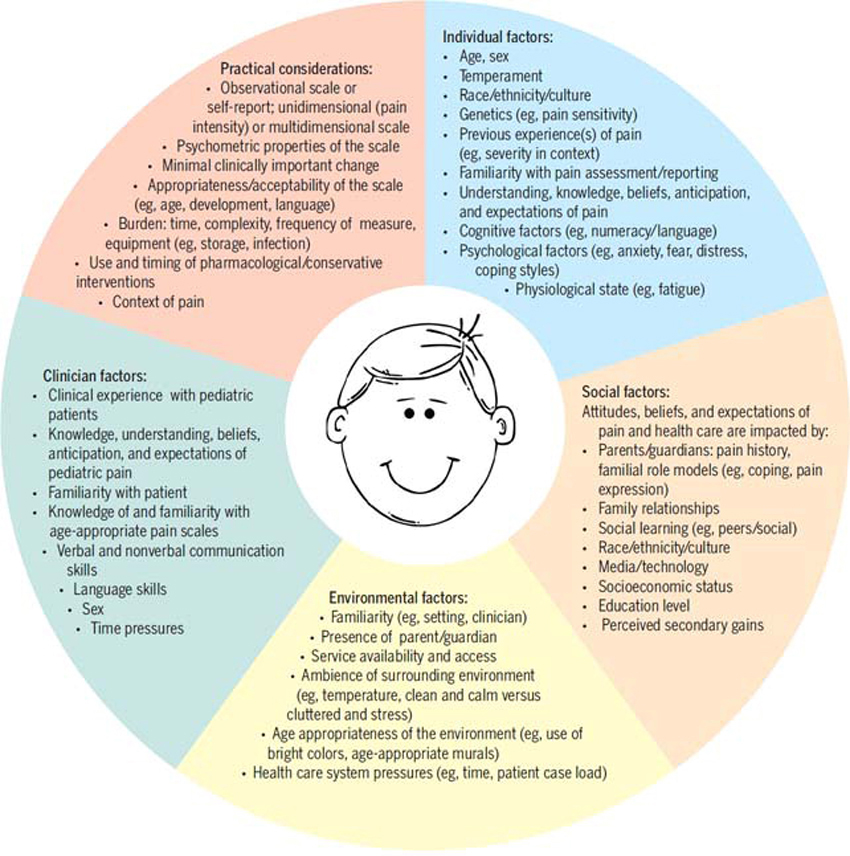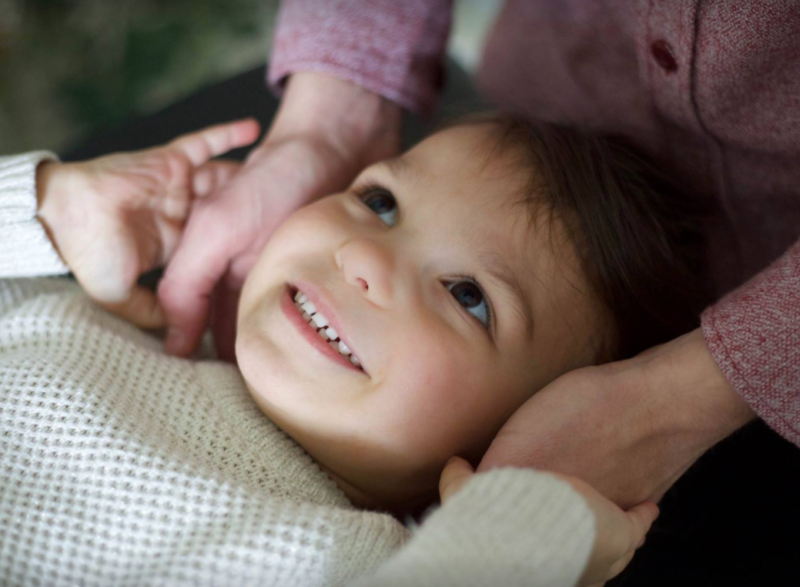The Quality of Life of Children Under Chiropractic Care Using PROMIS-25: Results from a Practice-Based Research Network
SOURCE: J Altern Complement Med. 2017 (Dec 20) [Epub]
Joel Alcantara, DC, Andrea E. Lamont, PhD,
Jeanne Ohm, DC, and Junjoe Alcantara, DC
The International Chiropractic Pediatric Association,
327N Middletown Road
Media, PA 610-565-2360
OBJECTIVES: To characterize pediatric chiropractic and assess pediatric quality of life (QoL).
DESIGN: A prospective cohort. Setting/Locations: Individual offices within a practice-based research network located throughout the United States.
SUBJECTS: A convenience sample of children (8-17 years) under chiropractic care and their parents.
EXPOSURE: Chiropractic spinal adjustments and adjunctive therapies.
OUTCOME MEASURES: Survey instrument measuring sociodemographic information and correlates from the clinical encounter along with the Patient Reported Outcomes Measurement Information System (PROMIS)-25 to measure QoL (i.e., depression, anxiety, and pain interference). Sociodemographic and clinical correlates were analyzed using descriptive statistics (i.e., frequencies/percentages, means, and standard deviations). The PROMIS-25 data were analyzed using scoring manuals, converting raw scores to T score metric (mean = 50; SD = 10). A generalized linear mixed model was utilized to examine covariates (i.e., sex, number of visits, and motivation for care) that may have played an important role on the PROMIS outcome.
RESULTS: The original data set consisted of 915 parent-child dyads. After data cleaning, a total of 881 parents (747 females, 134 males; mean age = 42.03 years) and 881 children (467 females and 414 males; mean age = 12.49 years) comprised this study population. The parents were highly educated and presented their child for mainly wellness care. The mean number of days and patient visits from baseline to comparative QoL measures was 38.12 days and 2.74 (SD = 2.61), respectively. After controlling for the effects of motivation for care, patient visits, duration of complaint, sex, and pain rating, significant differences were observed in the probability of experiencing problems (vs. no reported problems) across all QoL domains (Wald = 82.897, df = 4, p < 0.05). Post hoc comparisons demonstrated the children were less likely to report any symptoms of depression (Wald = 6.1474, df = 1, p < 0.05), anxiety (Wald = 20.603, df = 1, p < 0.05), fatigue (Wald = 22.191, df = 1, p < 0.05), and pain interference (Wald = 47.422, df = 1, p < 0.05) after a trial of chiropractic care.
There are more articles like this @ our:
Chiropractic Pediatrics Section and the:
CONCLUSIONS: The pediatric quality of life (QoL) of children improved with chiropractic care as measured by PROMIS.
KEYWORDS: chiropractic; pediatrics; prospective study
From the FULL TEXT Article:
Introduction
Complementary and alternative medicine (CAM) use in the pediatric population continues to remain popular, particularly for children living with chronic and recurrent conditions. [1] In 2000, Lee et al. [2] published the first characterization of the chiropractic care of children based on a survey of Boston chiropractors. The investigators extrapolated that *30 million pediatric visits were made to chiropractors annually in the United States. They estimated the total cost for care at $1 billion with costs split approximately in half between third-party payers and families paying directly out-of-pocket. In 2010, Alcantara et al. [3] published a more comprehensive characterization of pediatric chiropractic using a practice-based research network (PBRN).
Using calculations similar to Lee et al., [2] these investigators
approximated 86 million pediatric visits were made annually to chiropractors in 2007, leading Alcantara et al. [3] to conclude that the chiropractic care of children represents a significant aspect of not only the practice of chiropractic but also pediatric healthcare in general. Indeed, of the various practitioner-based CAM therapies, chiropractic has been found to be popular. [4–6] The treatment of musculoskeletal disorders such as neck pain and lowback pain [7] as well as the promotion of health and wellbeing [8, 9] has been reported to be common motivations for seeking chiropractic care of children. However, studies that evaluated the frequency of, reasons for, and factors influencing CAM use and specialty pediatrics within the same geographic locale have also found evidence of the utilization of chiropractic care for children with chronic disease, including cancer, [10, 11] gastrointestinal disorders, [12] cardiac problems, [13] and neurological [14] problems.
In this era of evidence-informed practice, there is a need by all healthcare providers to document and demonstrate safety and effectiveness. No more is this true than in the care of infants and children. Despite the popularity and high utilization of chiropractic by the pediatric population, to the best of the authors knowledge, no study has examined the quality of life (QoL) of children under this paradigm of care. To address this deficit, the QoL of children under chiropractic care in a PBRN was examined, regardless of coexisting medical impairment or concurrent medical care.
This study has two purposes:
(1) to understand the utilization of patterns of pediatric populations who receive chiropractic care and
Read the rest of this Full Text article now!





Leave A Comment